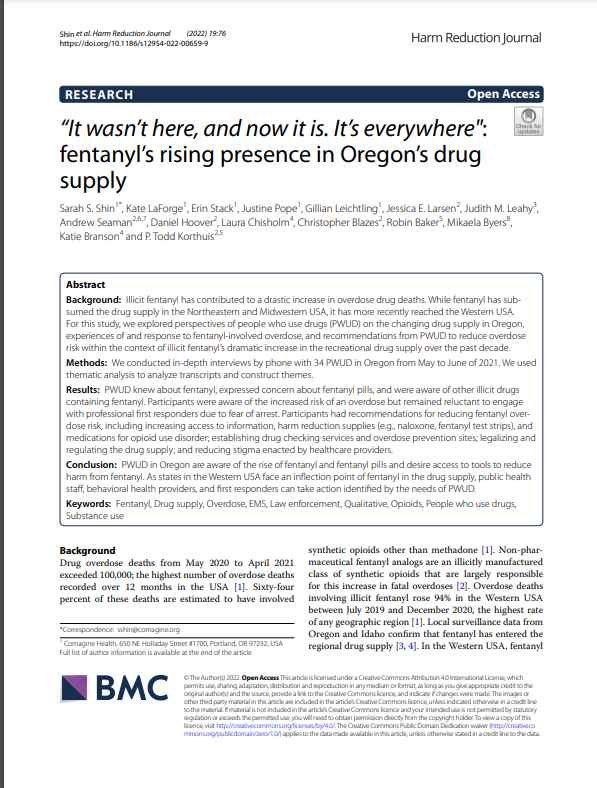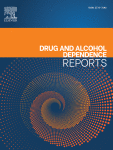By Abel Basutu, Jane Marie Ogola Ongolo
African countries have been experiencing an upsurge in public health problems as a result of the increased availability and use of psychoactive substances trafficked into the continent and also produced locally. However, mounting effective policy and programme interventions have been impeded by a lack of reliable data on various aspects of drug use and the harms associated with drugs. To address this challenge, the African Union started an ambitious programme aimed at improving the capacity of African Union member states to respond effectively to drug demand reduction challenges through strengthening research and data collection capabilities. The programme entails the establishment and operationalisation of a continent-wide drug surveillance sentinel with a public health orientation for the systematic collection and dissemination of comparable data on drug use and related problems in Africa. A key finding of the surveillance system, which draws data from national networks, has been the increase in the number of young drug users in the context of inadequate comprehensive treatment and care services, which threatens harnessing the continent’s demographic dividend. Sprouting evidence on drug use patterns and trends has aided shifts in policies and programmes towards addressing drug addictions and related health challenges at the national level.
Journal of Illicit Economies and Development, 5(3): pp. 60–69.2024.






















